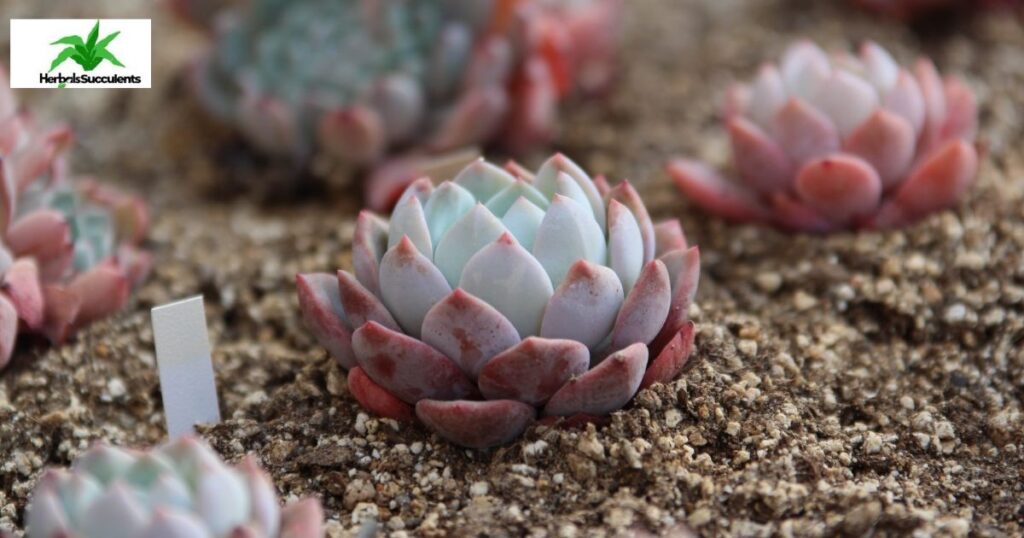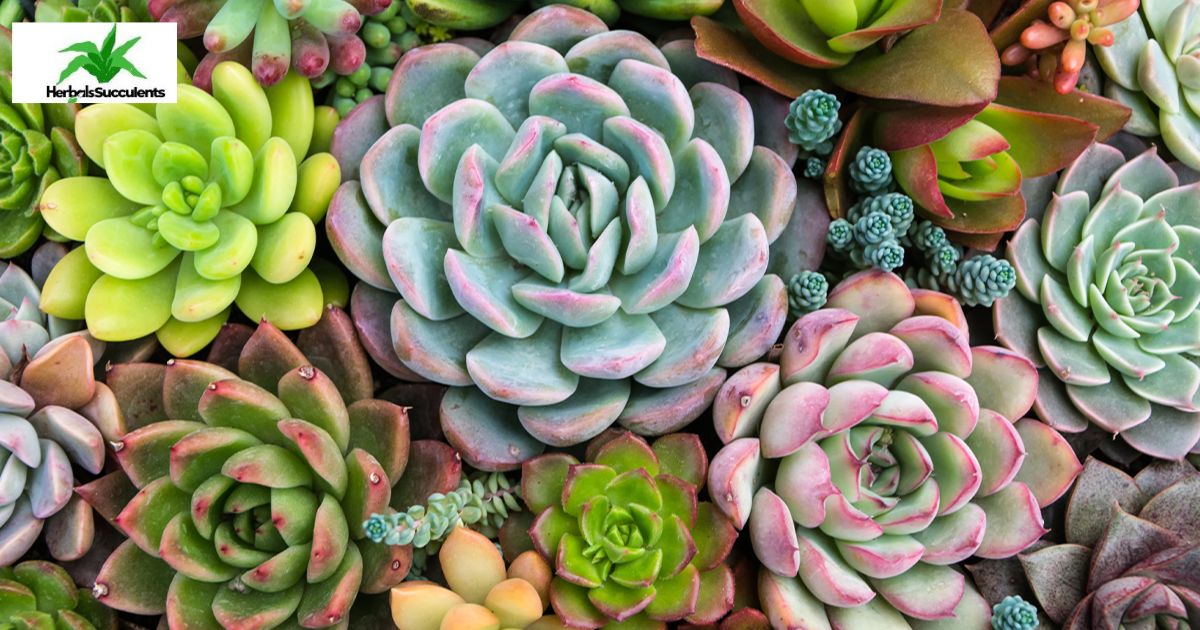Blue succulents, like the stunning Echeveria Blue Atoll or Blue Curls, are a mesmerizing category of succulent plants known for their distinctive blue-green hues. These plants, part of the larger succulent family, boast a unique pigment that sets them apart from the typical green succulents.
In this Blue Succulent Care Guide: Keep Your Azure Beauties Thriving, we explore the enchanting world of these vivid plants. Delve into the specifics of caring for these azure beauties, unlocking the secrets to maintaining their vibrant colors and ensuring their health. From optimal sunlight exposure to watering tips, this guide provides essential insights for succulent enthusiasts keen on cultivating and preserving the allure of their blue succulent collection.
Discover the joys of nurturing and preserving the striking beauty of blue succulents. With the right care outlined in our guide, you can witness your azure beauties thrive and add a touch of unique elegance to your succulent garden.
How Long Do Succulents Live?

Succulents are resilient plants known for their longevity, often surviving for several years with proper care. The lifespan of a succulent can vary based on factors like species, care routine, and environmental conditions. Some hardy succulents can endure for decades, showcasing remarkable endurance. Regular watering, well-draining soil, and appropriate sunlight contribute to their prolonged life. With attention to these factors, succulent enthusiasts can enjoy the beauty of their plants for many years.
Do Succulents Need Direct Sunlight?
Succulents generally thrive in bright, indirect sunlight, but many can tolerate direct sunlight as well. It’s crucial to understand the specific sunlight needs of each succulent species, as some prefer more shade, while others benefit from full sun exposure. Overexposure to intense sunlight can lead to sunburn or color changes in certain succulents. Observing your succulents’ response to sunlight and adjusting their placement accordingly ensures their well-being. Overall, striking a balance between sunlight and shade contributes to the health and vibrancy of your succulent garden.
What Is the Best Type of Succulent for Beginners?
For beginners venturing into the world of succulents, the ideal choice is often the Echeveria variety. Known for its resilience and ease of care, Echeverias come in various colors and shapes, making them visually appealing. These succulents thrive in bright sunlight and well-draining soil, requiring minimal maintenance. Another beginner-friendly option is the hardy Aloe Vera, celebrated for its medicinal properties and adaptability. With straightforward care requirements, these succulents offer a delightful starting point for those new to succulent gardening.
Is It Better To Plant Succulents in the Ground or in Pots?

Choosing whether to plant succulents in the ground or in pots depends on various factors. In the ground, succulents can spread and create a natural landscape, but they require well-draining soil. Potted succulents offer more control over soil conditions and are suitable for various climates. Pots also allow for easy movement and protection during extreme weather. Assess your gardening space, climate, and preferences to decide whether planting in the ground or pots is better for your succulents. Experimenting with both methods can help you understand what works best in your specific environment.
How Often Do You Water Succulents?
The frequency of watering succulents is crucial to their well-being. Generally, it’s recommended to water them every 2-4 weeks, but this can vary based on factors like the succulent type, environment, and season. Before watering, check the soil’s dryness by inserting your finger into it. If the top inch feels dry, it’s time to water. Succulents prefer deep, infrequent watering to promote healthy root growth. Overwatering can lead to root rot, so it’s essential to strike a balance to keep your succulents thriving.
What’s the Best Kind of Soil for Succulents?
Choosing the right soil for succulents is crucial for their health and growth. The best kind of soil is well-draining and airy, allowing excess water to escape quickly. A mix designed for cacti and succulents, often including materials like perlite or sand, is ideal. This type of soil prevents overwatering, a common issue for succulents. Remember, a well-draining soil mix contributes to a thriving succulent garden.
What’s the Best Container for Succulents?
Selecting the right container for your succulents is crucial for their well-being. Opt for pots with drainage holes to prevent waterlogging, promoting a healthy root system. Terra cotta pots, breathable and porous, aid in moisture regulation, preventing overwatering. Consider the size of the container, ensuring it accommodates the succulent’s current size and allows room for growth. Durable materials like ceramic or concrete not only provide stability but also add aesthetic appeal to your succulent display. Experiment with various shapes and sizes to find the best container that complements both your succulents and personal style.
Are Succulents Toxic to Pets?

Many succulents are safe for pets, but some can be toxic. It’s crucial to identify pet-friendly succulents for a harmonious home environment. Common non-toxic options include hens and chicks, echeverias, and sedums. Always check plant toxicity before adding succulents to your home, ensuring the safety of your beloved pets. If unsure, consult with a veterinarian for advice on pet-friendly succulent choices. More details ” Low Light Succulents “
FAQ’s
How do I care for a succulent plant?
To care for a succulent plant, provide well-draining soil and water sparingly, allowing the soil to dry between watering. Place them in a sunny spot, and protect them from frost if needed.
How do you make succulents thrive?
To make succulents thrive, provide well-draining soil, ample sunlight, and water sparingly. Avoid overwatering and ensure proper ventilation for optimal growth.
How do I take care of my succulent?
Succulents thrive with well-draining soil and infrequent watering. Place them in a sunny spot, and watch for signs of overwatering, ensuring a happy and healthy plant.
Conclusion
In conclusion, caring for blue succulents involves providing them with the right balance of sunlight, well-draining soil, and minimal watering. By following the care guide, your azure beauties will thrive and bring a unique touch of nature to your space. Remember to monitor their growth, adapt care as needed, and revel in the beauty these distinctive plants can add to your collection. Whether you’re a seasoned succulent enthusiast or a beginner, the blue succulent care guide ensures a rewarding and enjoyable experience in cultivating these stunning plants. Embrace the joy of nurturing your azure succulents and witness their vibrant hues enhancing the aesthetic appeal of your indoor or outdoor environment.










